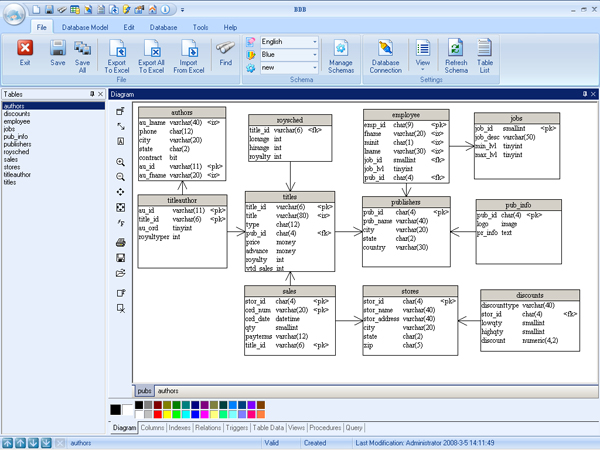

So if you grow the RAM and the buffer_pool by 64/24, you are somewhat likely to have the same cache performance of the buffer_pool. If your data is growing at 10%/month, it will be about a year before it is 64/24 times as big.

Active/Passive Design (2 servers, each as described below).Our current service provider offers us the following upgrade: Select VARIABLE_VALUE into from GLOBAL_STATUS where VARIABLE_NAME = 'COM_ROLLBACK' Select VARIABLE_VALUE into from GLOBAL_STATUS where VARIABLE_NAME = 'COM_COMMIT' Select VARIABLE_VALUE into from GLOBAL_STATUS where VARIABLE_NAME = 'UPTIME' Select VARIABLE_VALUE into from GLOBAL_STATUS where VARIABLE_NAME = 'QUESTIONS' We have about 2.31 TPS and 1126 QPS according to the below snippet - QPS seems to spike up and down between 7.CPU usage is around 30% on a 2.27GHz Intel Xeon 8-core L5520.InnoDB buffer size is 16 GB of total 24 GB and is 99% utilised.Around 60 connections running in normal use.Database grows about 10% per month - 12 month ago it was about 5-6%.

Size of database on disk is 175 GB with ibdata1, and 56 GB without it.Largest tables are: 15 GB, 13 GB, 12 GB, 5 GB, rest smaller than 1 GB.Here is a little bit information about our current database server: I was wondering how should we calculate how much hardware resources we need for our databases? We are in the process of scaling our database servers.


 0 kommentar(er)
0 kommentar(er)
